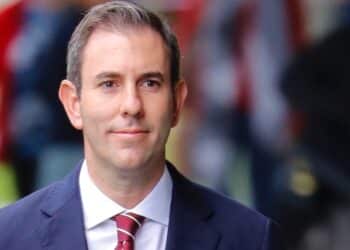The investment manager said that while the usage of ETFs is on the up, it’s the way it is being applied as a tool by Australians advisers that shows a shift in the sector.
“ETFs are now being used to their full potential, because they are no longer viewed as just a core exposure instrument, but are increasingly being applied at a more granular or thematic level,” BlackRock director and iShares specialist Jonathan Howie said.
“Similar to experiences in other markets, ETFs are also being increasingly used by advisers in a range of ways – as a rapid access tool for dynamic asset allocation; blended together with stocks, other ETFs and with active funds to deliver a robust portfolio outcome for clients and to reinforce the advisers’ value proposition.”
“A benefit of including ETFs in a wider portfolio today is that advisers are able to truly express a broader range of views for their clients, for example in looking at particular segments of a given market or the globe, all the while offering greater flexibility and often lower cost.”
“This ultimately means that advisers have the means to demonstrate greater value to clients,” he added.
Mr Howie said that advisers are “leading the charge” when it comes to ETF usage in Australia, with the industry seeing more than $1.4bn in new client money flows for 2013 year-to-date.
He said that this uptake of ETFs is higher than any prior full calendar year and looks set to continue.
“As an industry, the main theme based on ETF net flows this year has been international equities, which equated for 57 per cent of new money; and also Aussie equity income which saw 24 per cent of new money flows,” Mr Howie said.
“With greater understanding of the opportunities that ETFs present as part of the broader investment toolkit, we expect to see greater use of ETFs to complement active funds and individual stocks, as investors build more efficient and flexible portfolios.”



